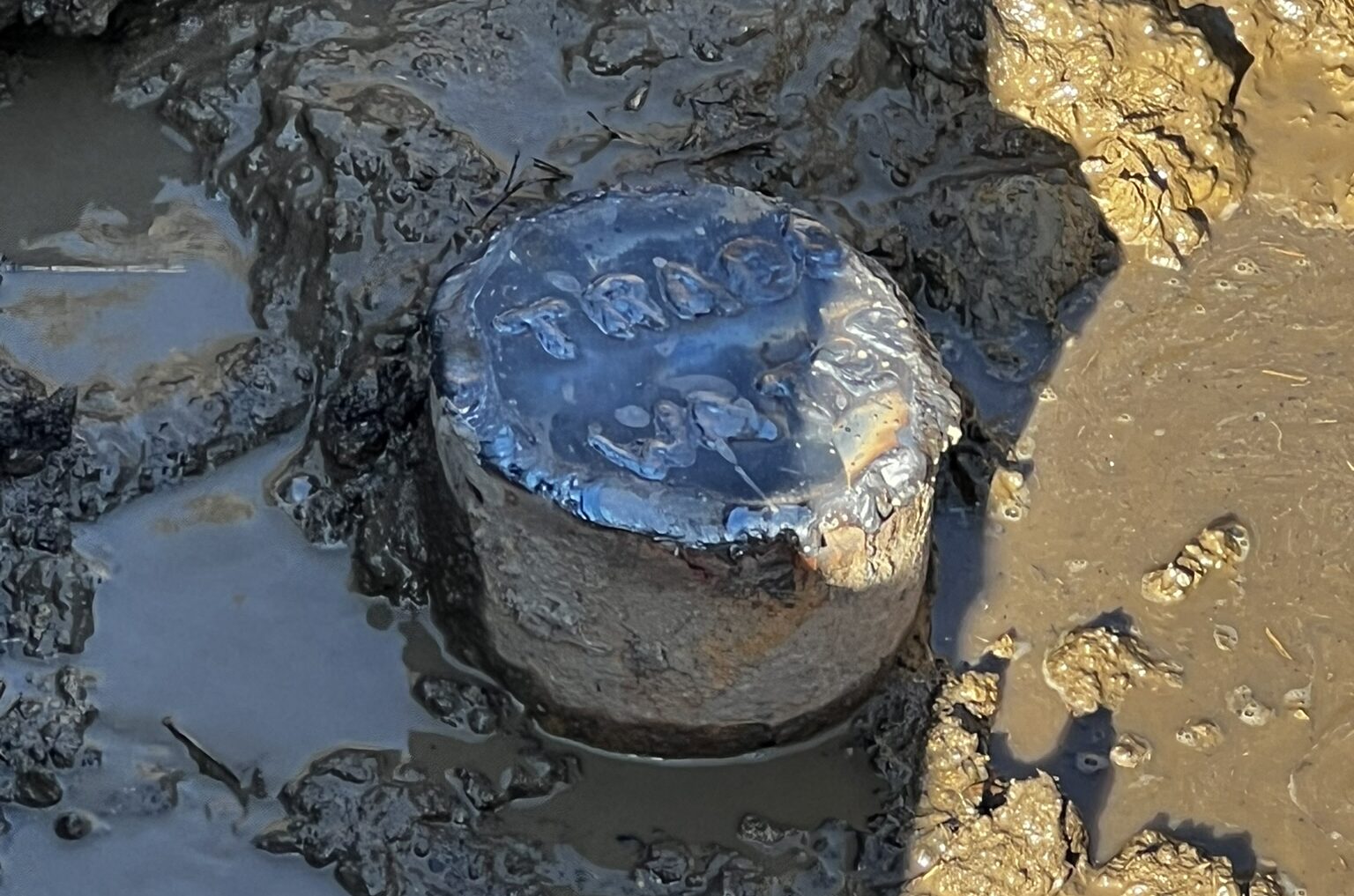Understanding methane
What is methane?
Methane comes from both natural and human influenced sources. While around 30% comes from natural sources like wetlands, 70% of emissions are related to human activity including landfills, agricultural activities, coal mining, wastewater treatment, stationary and mobile combustion, certain industrial processes, and oil and natural gas systems.
Methane is significantly more effective at trapping heat in the atmosphere than CO2—it has a global warming potential of 84 times that of CO2 over 20 years and is responsible for at least 30% of the global warming we are experiencing today.
The problem with methane emissions
Methane is also a short-lived climate pollutant, meaning that it does the most damage in the first years following its release into the atmosphere. For these reasons, the IPCC recognizes the reduction of methane emissions as the most effective immediate strategy for slowing down warming.
With atmospheric methane levels already above those needed to limit warming to 1.5° C, additional methane-specific strategies are desperately needed. Indeed, according to the 2021 Global Methane Assessment, a 45% reduction in global methane emissions over the next 10 years could prevent 0.3°C of additional warming by 2045.
Since methane cannot be sequestered, it needs to be actively mitigated to avoid the worst impacts of climate change.
Our solution to stop methane emissions
Tradewater is focused on permanently preventing methane emissions by plugging orphaned oil and gas wells. Not only do these uncontrolled sources of methane pose significant climate risks, but orphaned wells can emit other harmful gases into the atmosphere, leach contaminants into drinking water, threaten natural habitats, and are a safety hazard for the local community.
There are at least 3 million abandoned and orphaned oil and gas wells across the U.S., about two thirds of which remain unplugged. The EPA estimates that these wells emit 7 million metric tons of CO2e a year.
Wells have been left across the country in various states of abandonment, but Tradewater is focused on orphaned wells. Orphaned wells lack solvent operators—while regulations require oil and gas companies to plug wells at the end of their life, many companies go bankrupt or abandon their fiscally unviable wells before plugging them. There are 117,672 documented orphaned wells and likely over a million undocumented orphaned wells in the U.S. according to the US Geological Survey in 2023.
Working with orphaned wells
Tradewater targets unplugged orphaned wells that lack a responsible party to plug them and mitigate their climate impacts. Tradewater finds these wells, quantifies their associated methane emissions, and permanently plugs them to stop current leaks and prevent future releases of methane from these sources.
Learn more about our methane projects or contact us to see if your orphaned well qualifies for plugging.

Are you a landowner?
Learn more about Tradewater’s work helping landowners plug their orphaned oil and gas wells and the benefits of this work.


